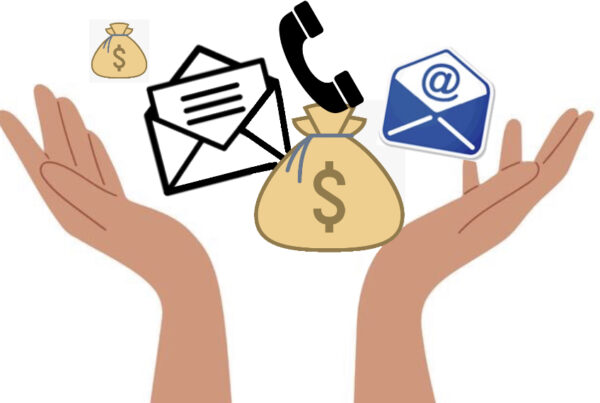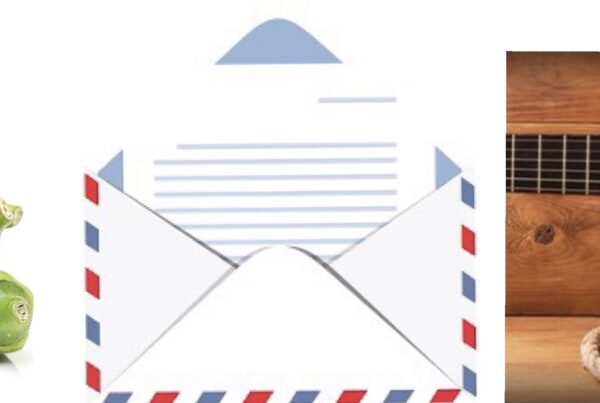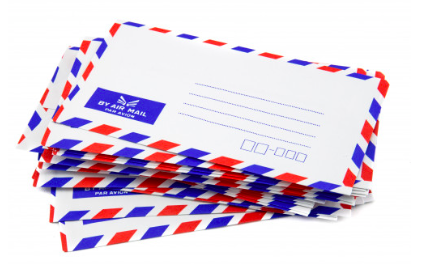
In this multi-post blog series, we will outline basic ways you can build a successful fundraising strategy at your nonprofit. Be sure to check back in!
You’ve got a brilliant mission statement. You’ve got a compelling vision. Your organization is top-notch.
So why don’t your appeals work?
In this intentionally practical post, I’m going to give you a few tips for increasing the effectiveness of your direct mail appeals. To be clear: my goal here is to attend to the material aspects of your letter – that is, as opposed to the formal aspects. I’m going to give you a few tips about how the letter should look – as opposed to what the letter should say. We’ll cover that later.
Please don’t misunderstand. Inspiring your donors by connecting with their imagination, tapping into their sense of hope and possibility, reminding them of the good you do, explaining how they help make a difference – those are all vital in fundraising. Not only are they practical ways to inspire donors to give. There is a moral element to them as well. As a fundraiser, you are not just keeping the lights on. You are serving a vital purpose, and you want your donors to know about it.
But we can cover that later.
Below are some of the hardware-related elements of a successful appeal letter. Think about it as the skeleton of your letters. You provide the meat.
#1 – Make your letter as individualized as possible.
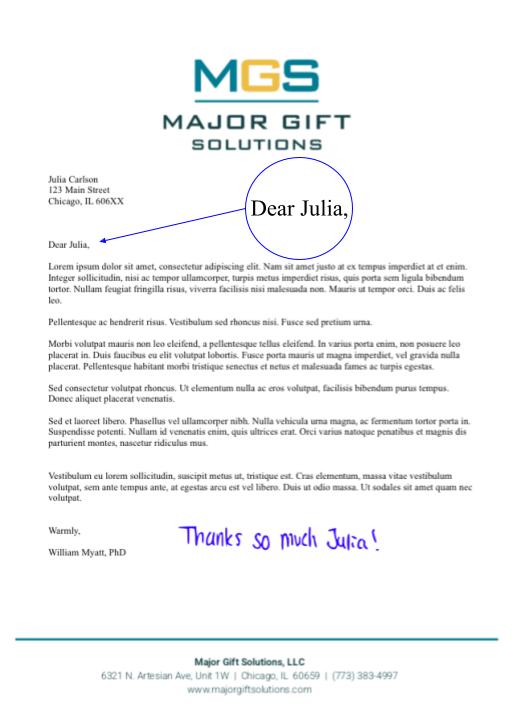
Nothing is less inviting than the feeling that you are not special, that you’re just another number, and that you’re nothing more than a means to someone else’s end. Do your best to make the letter feel individual to the donor. Do your best to show a personal touch even if you are casting a big net (as I suggested here). You may send 2000 appeal letters, but you want each donor to feel like you took the time to reach out to them individually.
#2 – Use actual stamps.
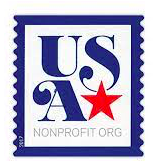
The level of technicality around bulk mail stamp pricing is mind-boggling. And mind-numbing. Without getting lost in the weeds of bulk mail pricing options, I suggest you encourage your printer to use actual, stick-on-the-envelope, nonprofit stamps. These are opposed to indicia stamps, the ones that look like this:

Using an actual stamp on your envelope is a good way to make your appeal letter stand out. The pricing may be slightly higher, depending on what your printer tells you. But it’s worth it.
#3 – Find the sweet spot of recipients.
The spot at which you are casting a big net but are likewise providing enough individuality to make the donors feel special and noticed, as individuals.
Side note – If you aren’t already taking advantage of the nonprofit postage costs, apply with the U.S. Postal Service. You can do so online here. It’s a minimal fee, and many times your nonprofit has already received approval. It’s just lost somewhere in the dusty archives of your organization. Reach out to the USPS. Dust it off. You save at least twenty cents a stamp.
#4 – Spend the extra money to place variable data on your reply cards, or ‘reply devices.’
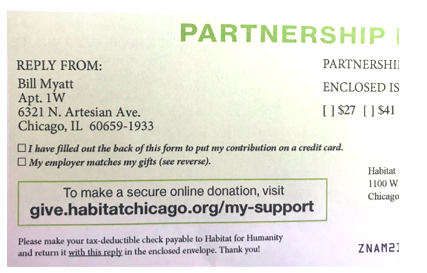
When you start working with printers, you’ll find that there are numerous ways you can either increase your cost or decrease your cost. You will have to make many more decisions about the makeup of your letter and a strategy for your print job than you initially think. For example, you will need to tell the printer whether you want to include the actual names and addresses of your donors on the reply devices that you use or simply use blanks on those reply devices – for donors to fill in. I advocate for spending a little more money to personalize your reply devices.
#5 – Make sure you have accurate information for your donors’ titles, first and last names, gender identity, names of spouses / partners, etc.

And when I say ‘accurate information,’ I mean EXACTLY accurate. This will be something you develop over time. And there will be trial and error. You’ll mess up a couple of times. And you will likely upset a donor or two. Roll with it. You’ve got to try. You’ve got to ask. But as soon as you find out something is wrong, make a change in your master database. And be sure to keep all that information up-to-date and accurate.
#6 – Make the body of your appeal personal by including a first name here and there.
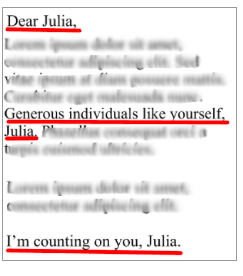
Somewhere in paragraph three, as you are reaching the pinnacle of your appeal – that point where you bring tears to your donors’ eyes – remind them that you are talking to them individually. It’s like looking them in the eye. And as any good communicator knows, you can really bring home a point by looking directly at the person you are addressing.
I may be making an overly simple point here: use your mail merge to insert a variable data field for ‘first name’ in the body of your letter. This means, of course, that you will need to have accurate first-name data! And you will need to create a separate column in your data-source spreadsheet to capture that information. It will take some time to do this initially, but take the time to do it. And ultimately, you can include those first name greetings in your donor database, sometimes even including specific greetings depending on which person from your organization sends the letter.
#7 – Make your letter visually appealing.

Consider spending a little extra money on a picture that communicates your mission: a child you are sending to school, a family who receives food, a house you have built. Keep the face of your mission front and center. And appeal to the humanity of your donors. You are not asking your donors to support words. You are asking them to support a cause. Visualize that cause. Again, you may have to spend a little extra, especially if you use a color picture. But go ahead and do so. It will provide one more reminder that your mission is real. Your mission is alive. Demonstrate that.
#8 – Make your letter visually appealing by using variable formatting throughout.
This may seem incredibly simplistic, but take my word for it. Your donors are busy. Most of them will not read your appeal, much less read the whole thing. For the few who open your letter – do them a favor and make reading it as easy as possible. Use short paragraphs. Short sentences. Be lively. Use spaces between lines. Use bold on one line, italics on another. Underline important sentences. Center something. Your donors do not want to read a thome. They know the letter is an ask. And frankly the nuances of each individual sentence are not going to convince them to give. Get to the point. Make it personal. Make it real. Make it inspirational. But make it short.

